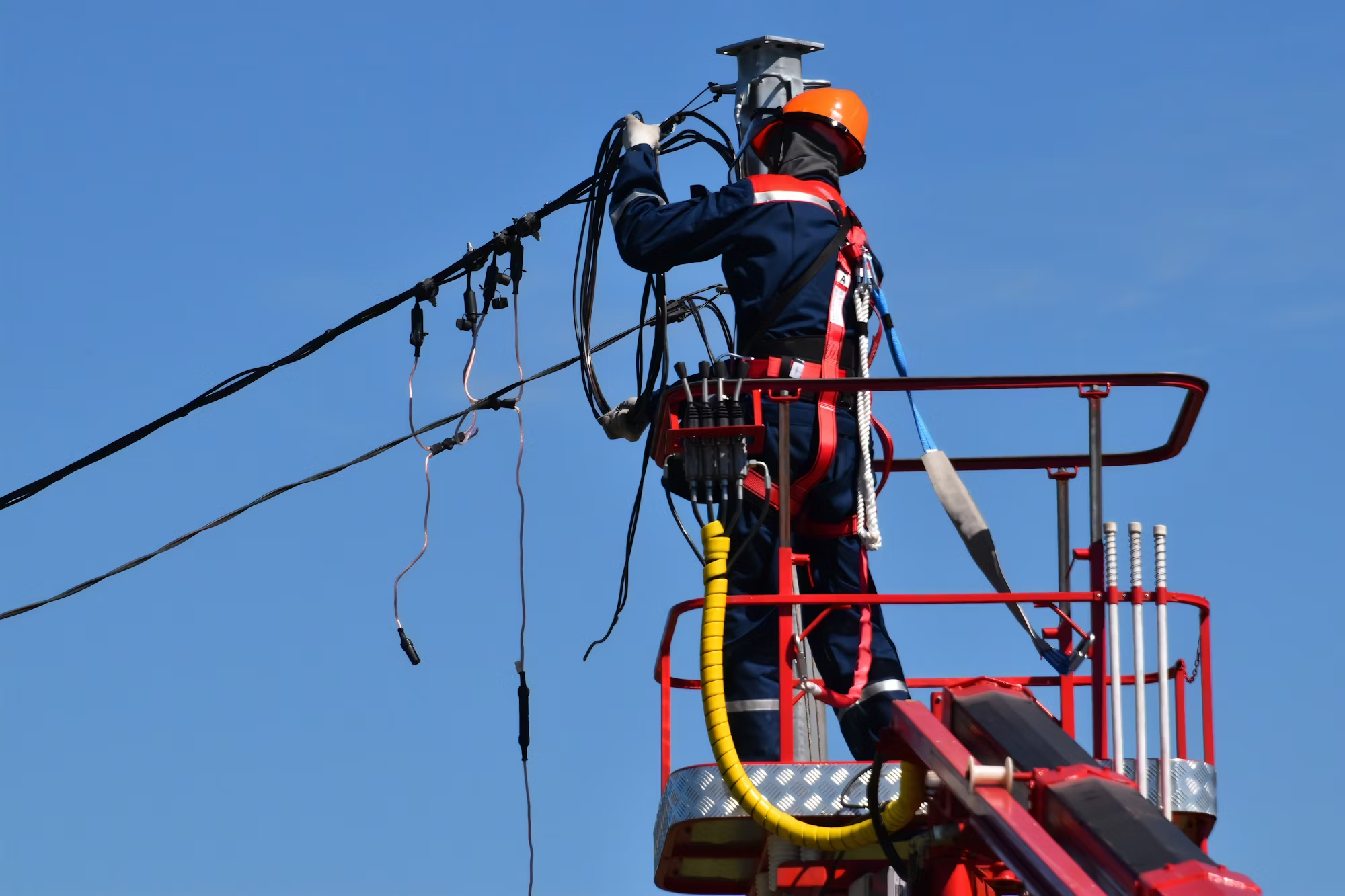In recent years, smart home technology has transitioned from a futuristic concept to an integral part of modern living. As technology continues to evolve, our homes are becoming more interconnected, offering convenience, security, and efficiency like never before. This article delves into the evolution of smart homes, examining the various technologies that are shaping them, the benefits they provide, the challenges they face, and the future of connected living.
The concept of a smart home refers to a residence that uses internet-connected devices to enable remote management and monitoring of systems and appliances. From smart thermostats to advanced security systems, these devices are designed to enhance the quality of life for homeowners. The foundation of smart home technology lies in the Internet of Things (IoT), which connects everyday devices to the internet, allowing them to communicate and be controlled remotely.
One of the earliest examples of smart home technology is the programmable thermostat. These devices allow users to set heating and cooling schedules, optimizing energy use based on their daily routines. Over time, these thermostats have become more sophisticated, utilizing machine learning algorithms to adapt to user preferences and save energy. For instance, the popular Nest Thermostat learns a homeowner’s schedule and can automatically adjust temperatures to enhance comfort while minimizing energy consumption.
Security is another significant aspect of smart homes. Traditional security systems often require manual operation and constant monitoring, but smart security devices provide a level of automation and convenience that enhances safety. Smart doorbells, for example, come equipped with cameras and motion sensors, allowing homeowners to see who is at their door from their smartphones, regardless of their location. These systems often integrate with existing home security setups, providing comprehensive monitoring through a single interface.
Smart lighting systems have also gained popularity, allowing users to control their home’s lighting through smartphone apps or voice commands. Smart bulbs can change colors, dim, or brighten depending on the time of day or activity, creating customized atmospheres for different occasions. For instance, homeowners can set their lights to mimic natural daylight in the morning and transition to warm tones in the evening, promoting a healthy circadian rhythm.
The integration of voice-activated assistants like Amazon Alexa, Google Assistant, and Apple’s Siri has revolutionized the way we interact with our homes. These smart speakers serve as central hubs for controlling various devices, enabling hands-free operation of everything from lights to appliances. Voice commands have made it easier for individuals to manage their homes, particularly for those with mobility challenges or busy lifestyles.
Another exciting development in smart home technology is the emergence of smart kitchen appliances. Devices like smart refrigerators, ovens, and coffee makers can be programmed and controlled remotely, allowing users to manage their cooking and meal preparation from anywhere. For example, a smart oven can be preheated while on the way home from work, ensuring dinner is ready upon arrival. These innovations not only enhance convenience but also promote energy efficiency by allowing homeowners to monitor and adjust appliance usage.
Despite the numerous benefits of smart home technology, there are challenges that must be addressed. One of the primary concerns is data privacy. As smart devices collect vast amounts of user data to function effectively, concerns about how this information is stored, used, and shared have surfaced. Homeowners must be cautious about which devices they integrate into their homes and ensure that they are using secure systems to protect their personal information.
Interoperability is another challenge in the smart home ecosystem. With a wide variety of devices and platforms available, compatibility issues can arise when trying to connect different brands or products. Homeowners may find it frustrating if their smart light bulbs don’t work seamlessly with their smart speaker, limiting the overall user experience. To address this issue, many companies are now developing standards and protocols that promote compatibility between devices, creating a more cohesive smart home environment.
Additionally, the initial investment for smart home technology can be a barrier for some homeowners. While prices have decreased in recent years, the cost of purchasing multiple smart devices can add up quickly. However, many people view this investment as worthwhile due to the long-term savings on energy bills and increased convenience.
Looking to the future, the smart home industry is poised for significant growth. As technology continues to advance, we can expect even more innovative products and solutions to enter the market. For instance, advancements in artificial intelligence will likely lead to even smarter home systems that can learn and adapt to user behavior more effectively. Imagine a home that anticipates your needs, adjusting the temperature and lighting based on your mood or daily routine.
Moreover, the push for sustainability is likely to drive further innovation in smart home technology. As homeowners become more conscious of their environmental impact, smart devices that monitor and optimize energy usage will become increasingly popular. Smart energy management systems can provide insights into energy consumption patterns, allowing users to make informed decisions about reducing their carbon footprint.
The integration of renewable energy sources, such as solar panels, into smart home systems is another area of potential growth. Homeowners will be able to monitor their energy production and consumption in real-time, making adjustments to maximize efficiency and sustainability. This integration will create a more resilient and eco-friendly energy landscape, contributing to the broader goal of reducing greenhouse gas emissions.
In conclusion, smart home technology is revolutionizing the way we live, offering convenience, efficiency, and enhanced security. With advancements in IoT, artificial intelligence, and renewable energy, the future of connected living is promising. However, challenges related to data privacy, interoperability, and initial costs must be addressed to fully realize the potential of smart homes. As we embrace this technological evolution, our homes will continue to transform into smarter, more responsive spaces that cater to our needs and aspirations.
